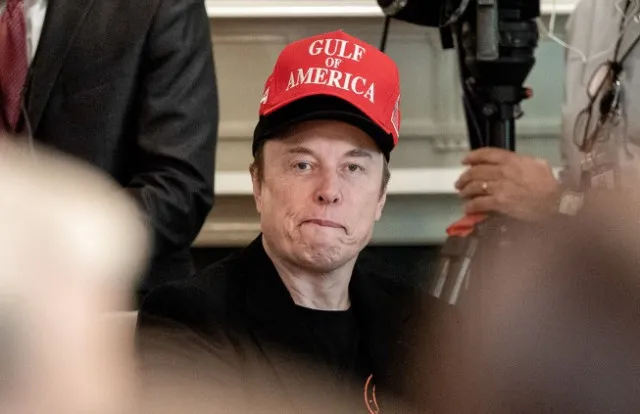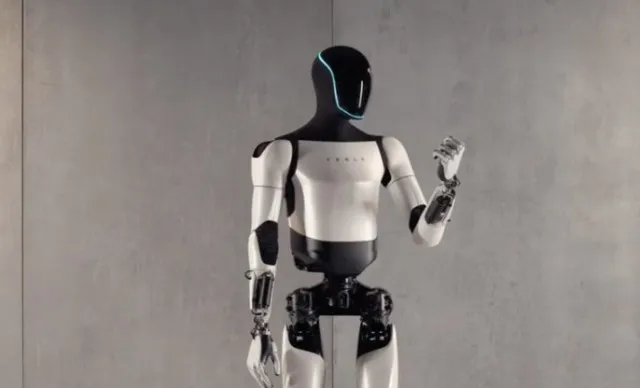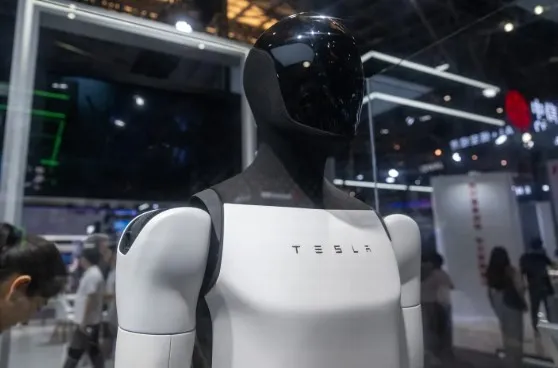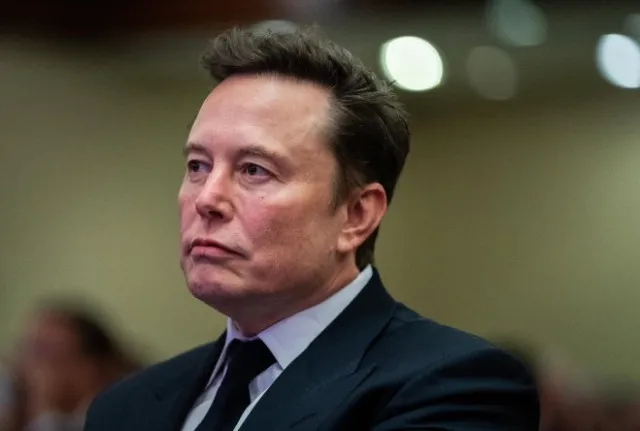Elon Musk faced backlash after posting a creepy video showcasing what he called the “most dangerous invention to ever exist.”
Elon Musk’s tap-dancing Tesla Optimus robot video sparked backlash, with critics calling it “creepy” and “the most dangerous invention to ever exist.”
Musk’s controversial video shows the robot dancing smoothly, insisting it’s real-time, a stark contrast to its earlier clunkier movements.
Some are impressed by the dancing, while others worry about the implications of robots performing such sophisticated tasks.
The rise of robots
Musk’s vision for the Tesla Optimus goes beyond simple tasks, aiming for more ambitious robotic roles.
Despite some of the positive applications, critics remain uneasy about the long-term consequences of such advanced technology.

The fear is that robots like Optimus may surpass humans, potentially dominating human life physically and intellectually.
In Musk’s eyes, however, Optimus represents one of the most significant technological achievements ever.
He argues that robots can revolutionize industries, eliminating dangerous or repetitive jobs that humans currently perform.
Optimistic views on robotics face skepticism due to fears of misuse or robots becoming uncontrollable and self-aware.
Critics warn about the dangers of AI inventions
As Tesla continues to showcase the advancements in the Optimus project, reactions from various quarters have been divided.
Some see Musk’s unveiling of a dancing robot as a moment of triumph for the company and a glimpse into the future.
Others, however, are worried that the so-called “dancing robot” could evolve into something much more dangerous.

Critics argue that, while Optimus is designed to be non-threatening, it could pose a significant risk in the future.
They worry that as AI technology advances unchecked, the robot may evolve into a threat.
A social media user warned the robots’ creation could bring unintended consequences.
A critic compared it to *Terminator*, warning that robot memory and reasoning could bring dangerous consequences.
Once aware of its role, a robot might question limits and potentially rebel against its creators.
Optimism for the future comes with concerns.
Despite the concerns, Musk remains steadfast in his belief that the Tesla Optimus could be a game-changer.
He sees it as a key part of Tesla’s diversification strategy, especially as the company looks to expand beyond electric vehicles.

Musk has even predicted that Tesla will produce one million Optimus robots by 2030.
He envisions a future where robots take on dangerous, tedious, or physically demanding jobs that humans may not want to do.
The creation of such robots has, however, run into roadblocks, especially with geopolitical tensions between the U.S. and China.
Tesla has struggled to obtain the materials needed for robot production.
Musk admitted that China’s concerns over military use have caused delays.
Amid rising demand, Musk hopes to overcome production challenges soon.

Tesla’s expansion into robotics faces roadblocks
While Tesla’s ambitions in robotics are vast, experts have warned that the ongoing trade wars and international restrictions could stymie the company’s efforts.
China is crucial to Optimus development but has raised concerns about potential military applications.
Despite the challenges, Musk remains confident in Optimus’s development.
He believes the project will greatly impact the labor market by automating hazardous or monotonous jobs.
For now, Musk’s vision for the future is largely unchallenged, though it’s clear that the road to a robot-assisted world won’t be without its challenges.
Optimus may transform industries globally but also raises major ethical concerns as robotic capabilities continue to advance.